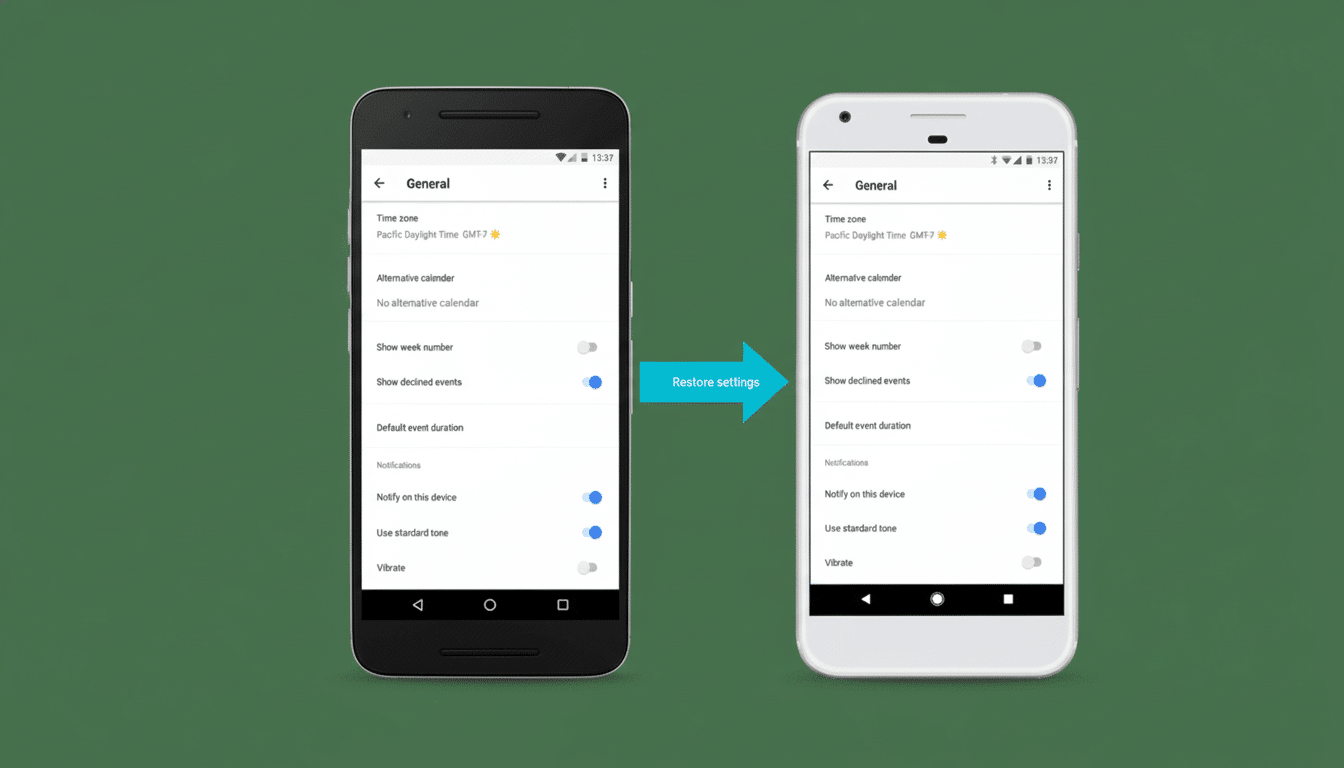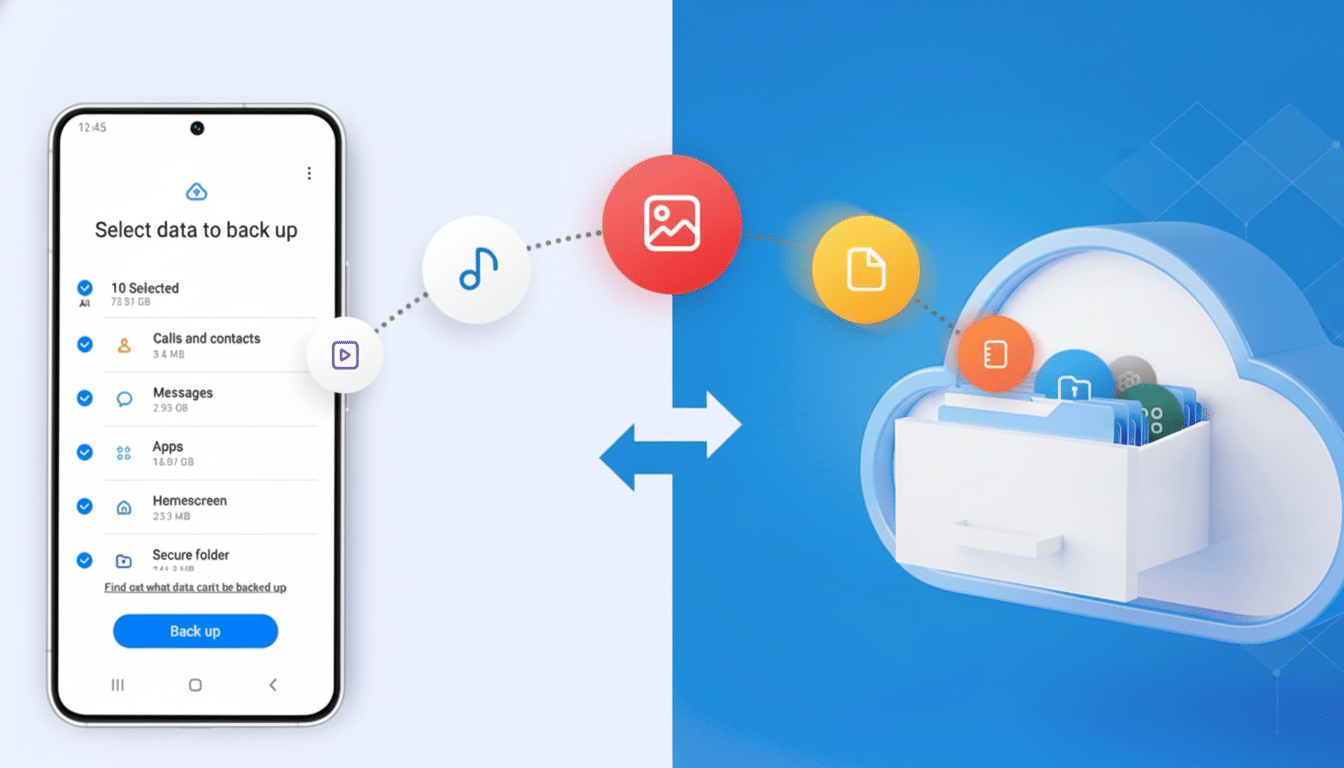Google is flip-flopping on a strategy that would’ve limited the “Backup & Sync” feature in Google Drive to a specific folder. It will now help users back up and sync files from anywhere on their device.
That change is starting with Google Play services version 25.38, which makes it clearer for you to see exactly what your phone is saving to the cloud.

What Changed In The Android Backup Settings Page
With a recent overhaul to the Material 3 Expressive visual style, Android’s Backup section has now come down to a couple of large buckets: “Photos & videos” and “Other device data.” While that more streamlined look helped unclutter the page and provide easier access to some of the most-used features, it also obscured some details people use when switching phones or troubleshooting restores.
In the latest update, they brought back this good old “Backup details” list. As 9to5Google spotted, the page again separates categories like SMS and MMS messages, call history, device settings and apps. Tap “Other device data” and you now get more than just on/off switches and storage usage: You have a summary of the good stuff that’s backed up, making it less of a crapshoot if you need to recover something.
Good news, this is not connected to a full operating system update. Since backup behavior is mostly handled by Google Play services, that change can hit devices under different Android versions, depending on the timing of the rollout and server-side flags.
Why The Return Of Backup Details Matters
When your digital life is spread across devices, you need clarity. A plain-language breakdown helps you verify that text messages, call logs, and app data are in fact part of a backup — before you give an old phone to someone else or reset a device. It also helps to put proper expectations in place; if you know your app data is being backed up, it could affect how you prepare for a move to a new handset.
This move is in line with a larger demand for transparency of data. There are more than 3 billion active Android devices around the world, and even the tiniest UX decision has huge ramifications. Google One — which now claims more than 100 million subscribers, the company said — has brought cloud backups into the mainstream, but fine-tuned control is still important to users who have finite storage capacities or need to adhere to corporate policies.

There’s a support aspect as well. A category list helps you diagnose what got saved, and when, if your restore is not what was expected. Users can easily see if messages or call history were included, not search through menus or guess that everything is covered.
How To Know If You Have The Restored Backup Details
Open Settings, touch System and then touch Backup. The “Other device data” page should also show the restored Backup details categories for SMS and MMS messages, call history, device settings, and apps if your device now has the latest updates. You’ll also see toggleable switches for backing up other device data and using mobile or metered Wi‑Fi, plus the total storage indicator.
To check your Google Play services version, go to Settings > Apps > See all apps, and tap on Google Play services. The feature is showing up on version 25.38 and higher, although availability could also be part of a staged rollout. Most brands will have menus set up slightly differently, but the base backup page is the same.
Design And Policy Context Behind Backup Changes
The Material 3 Expressive update was all about cutting down on the visual noise, but in so doing it also stripped away a level of control that power users and IT admins and anyone who regularly upgrades finds incredibly useful. Its return would suggest that Google is fine-tuning for a better balance between simplistic design and transparency — a tug-of-war of styles in modern UX.
Regulatory momentum on data portability and user control, from digital rules in the European Union to privacy guidance shared by agencies like the US Federal Trade Commission, has also upped the ante for clear-cut requirements. Though account-linked portability is already supported in Android’s backup system, exposing category-level visibility of that data makes these features more accessible to end-users.
The Bottom Line On Android Backup Details Return
Google listened, and restored the elements that make Android backups feel reliable. For those who depend on cloud restore for moving up to a fresh device (or resetting one), it’s reassuring familiarity and fewer shocks. Look out for the switch when Google Play services 25.38 or higher hits your phone, and anticipate more polish as feedback comes in.

